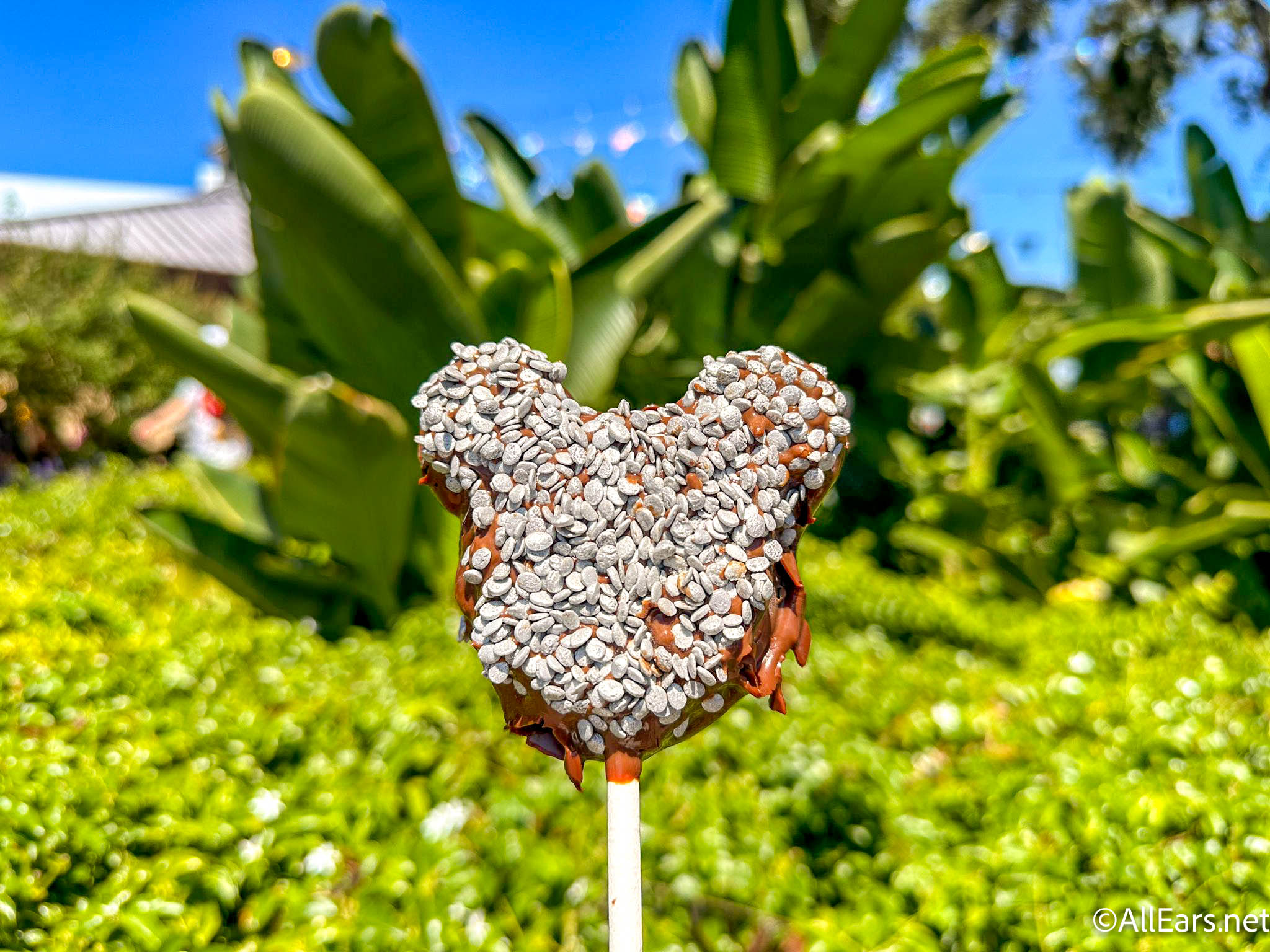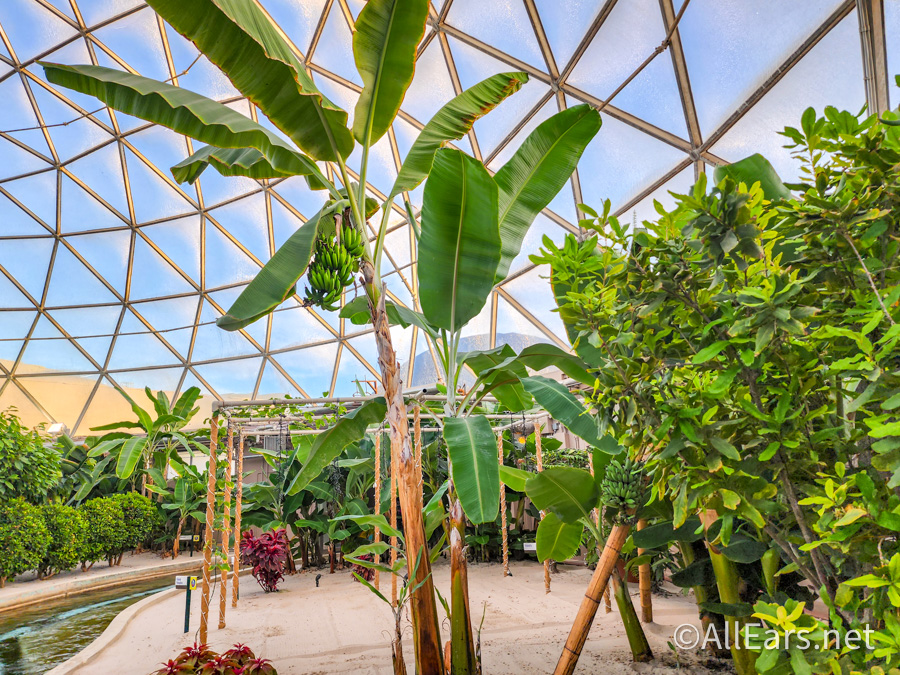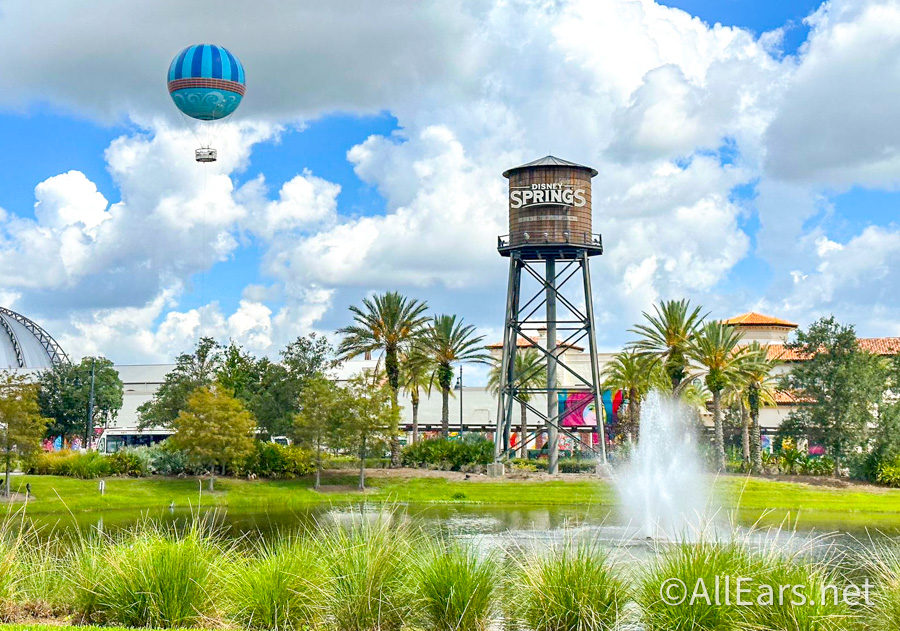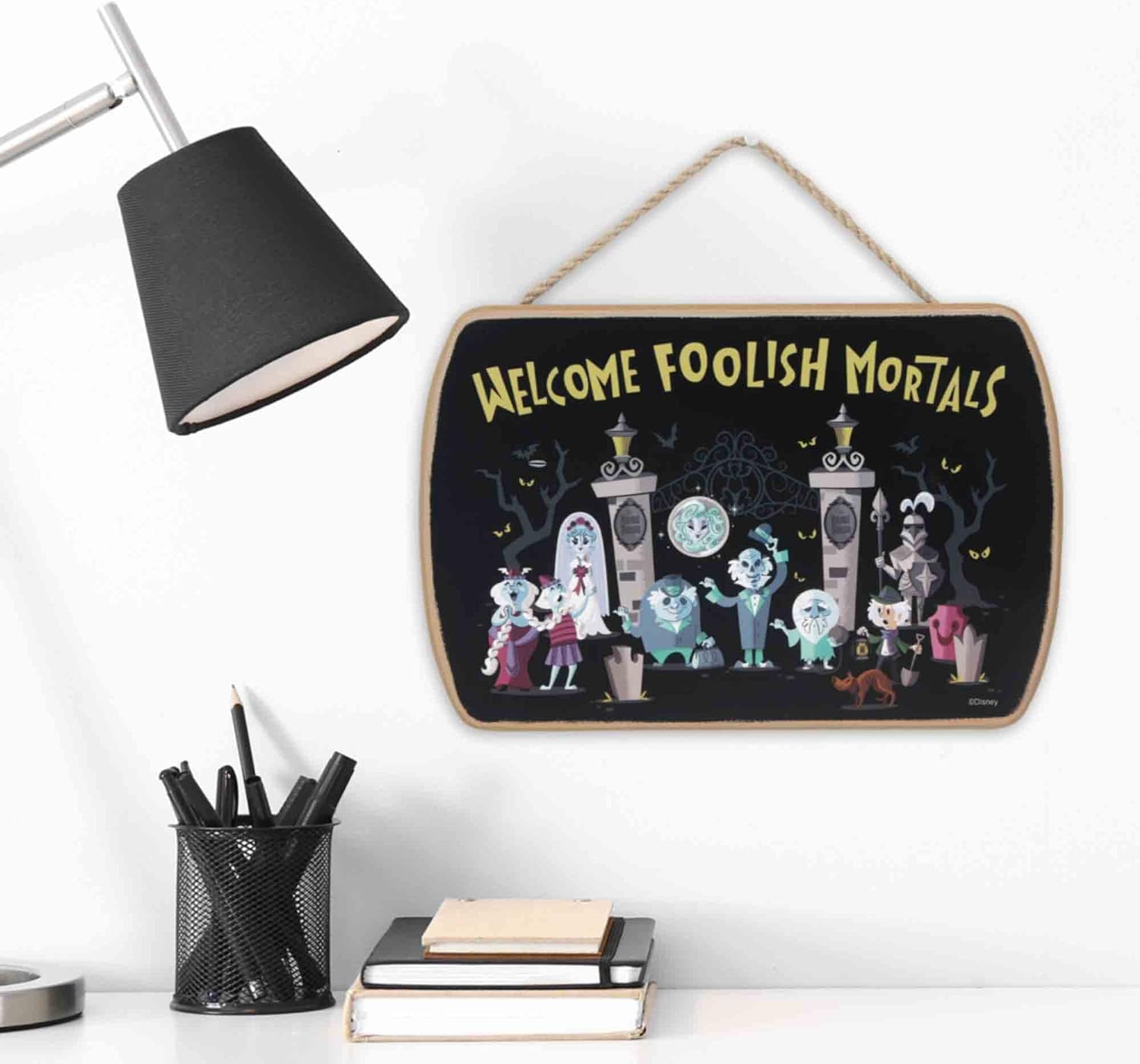To get the sharpest images possible with your lens, it’s best not to use the widest or smallest apertures. Most lenses are optimized in the f/5.6 – f/11 aperture range and give their best performance when stopped down a couple of f-stops from the widest aperture. If you have a 50mm f/1.8 lens, it’s best to use it around f/4 to f/8. Most consumer zoom lens have a sliding scale when it comes to their widest aperture. The Nikon 18-200VR lens I use has it’s widest aperture of f/3.5 when it’s at 18mm. At 200mm, it goes down to f/5.6. That’s what it means when you see a lens’ description like this: Nikon 70-300mm f/4.5-5.6G VR Zoom Lens where this lens starts at f/4.5 at 70mm and goes down to f/5.6 at 300mm. Usually, the faster the lens, meaning the lens starts at a very large aperture, the more expensive the lens is.
So, why not use the widest or smallest aperture? The problem with using small aperture sizes is that light waves are affected due to diffraction and though you have great depth of field, you lose out on sharpness. Large apertures are great for low-light, but unless you have an exceptional lens, its just too difficult to produce lenses that are razor sharp when wide open.

Everest in Disney’s Animal Kingdom. © Scott Thomas Photography 2008
Nikon D70/18-200VR, 1/200s, f/8, 200 ISO, -1.0 EV, 20mm focal length
These are good guidelines to start from. The best way to find out the best apertures for the lenses you own is to test them. Set up a small still life with various objects. Include something with text on it like a sign. Watches are also good as they are small and very detailed. Put your camera on a tripod and put it in aperture priority mode. Take a series of photos varying the aperture size with each one from the smallest f-stop to the largest. Download the pictures to your computer and view each photo at 100%. I found the sharpest aperture range for my 18-200VR lens to be around f/8 at 18mm and f/11 at 200mm doing similar testing when available light permits.
Further reading: Creative Uses of Aperture






















Trending Now
The dates for EPCOT's Food & Wine Festival are HERE!
An iconic EPCOT ride got a bit of a refresh recently!
A new backstage tour is coming to Disney World soon!
Here are some Disney household items on sale right now from Amazon!
We found your perfect Hollywood Studios tee.
Disney just filed a new permit for work on the Imagination Pavilion and Journey Into...
We're sharing our tips for first-timers staying at Disney World hotels!
We bet we'll be seeing a LOT of people in these new Amazon shirts in...
We're a little surprised that these ride trends haven't changed in Disney World yet!
A new experience is on its way to the Magic Kingdom's Storybook Circus.
We would love to know what Disney World is planning for this abandoned spot!
We know that losing DinoLand U.S.A. may be sad for some, but here are five...
A Disney Channel icon just visited Disneyland and proved that it really is just a...
The way guests pay for Savi's Workshop and Droid Depot is changing!
A look at all the new Pixar Fest souvenirs and merchandise with prices for 2024!
I scream, you scream, we all scream for... a behind-the-scenes look at the Disney Treasure!
We're digging into Disney World's Magic Kingdom expansion plans!
Disney CRISLU jewelry is trending right now and we totally see why!
We have a major update on Blue Ribbon Corn Dogs coming to Disney World!
One of Disney World's parks is about to celebrate a NEW milestone soon and they're...